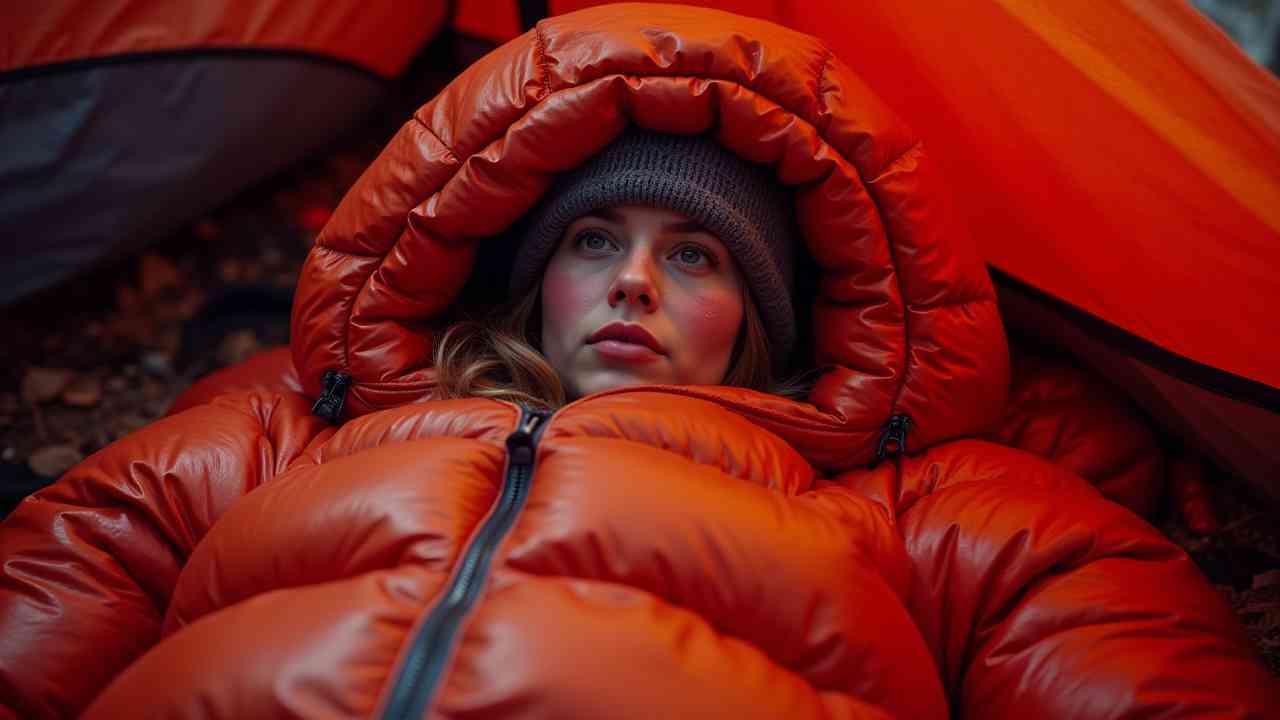
🥶 A Guide to the Warmest Sleeping Bags (Expedition Grade)
🥶 A Guide to the Warmest Sleeping Bags (Expedition & Polar Gear) 🥶
When it comes to the warmest sleeping bag, we are not talking about a cozy bag for a chilly autumn night. We are talking about a serious, life-saving piece of technical gear. This gear is designed to keep you alive in the most extreme conditions on Earth, from Himalayan peaks to polar expeditions.
A true expedition bag is a marvel of engineering. It is designed to provide the maximum amount of warmth for the least amount of weight. This guide will explain the key features that make a sleeping bag truly warm. ✅
🤔 First, What is the Most Important Factor? (Temperature Rating)
The first and most important specification you will see is the temperature rating. This is the lowest temperature at which the bag is designed to keep an average sleeper comfortable and safe. The warmest sleeping bags on the market are typically rated for:
- -20°F (-29°C)
- -40°F (-40°C)
- -60°F (-51°C)
For most winter camping, a -20°F bag is sufficient. The -40°F and -60°F bags are reserved for high-altitude mountaineering or polar exploration. A bag's rating is its survival limit, so it is always wise to choose a bag rated at least 10-15 degrees colder than the lowest temperature you expect to face.
- What is the Best Insulation? (Down vs. Synthetic)
This is the most crucial part of a bag's construction. For maximum warmth, there is one clear winner: down.
Why is Down Insulation the Best?
Goose or duck down (the fluffy, high-loft clusters under the feathers) is the warmest insulating material on Earth for its weight. It works by trapping thousands of tiny pockets of air. Your body heat warms this trapped air, creating a powerful shield of warmth.
The quality of down is measured in "fill power." A higher number means the down clusters are larger and loftier, and they can trap more air. The warmest and most expensive bags use:
- 800-fill-power or higher (often 900+).
The only downside to down is that it is useless when it gets wet. However, most modern expedition bags use water-resistant shell fabrics and special hydrophobic (water-repellent) down to protect it from moisture.
- What Are the Key Design Features?
A warm bag is not just about the filling; it is about the design. The bag must be engineered to prevent any of your body heat from escaping. These are the non-negotiable features of the warmest sleeping bags.
1. Why is a Mummy Shape Essential?
A mummy bag is shaped to be snug around your body. This is a matter of thermal efficiency. A large, rectangular bag has a lot of empty, dead air space that your body has to work hard to heat up. A mummy bag has very little dead air, so it heats up quickly and stays warm.
2. What are Draft Collars and Baffles?
This is where the real engineering comes in. These features are designed to stop heat loss.
- A Draft Collar: This is a thick, insulated tube of down that goes around your neck and shoulders. It cinches down to "seal" you in, preventing all the warm air in the bag from escaping when you move.
- A Zipper Draft Tube: This is an insulated-down tube that runs along the entire length of the zipper, stopping cold air from seeping in through the zipper's teeth.
- Baffles: These are the internal fabric chambers that hold the down in place. They prevent the down from shifting and creating "cold spots" in the bag.
A true expedition-grade sleeping bag is an investment. It is a piece of technical equipment designed for the most extreme and unforgiving environments on the planet. ❄️